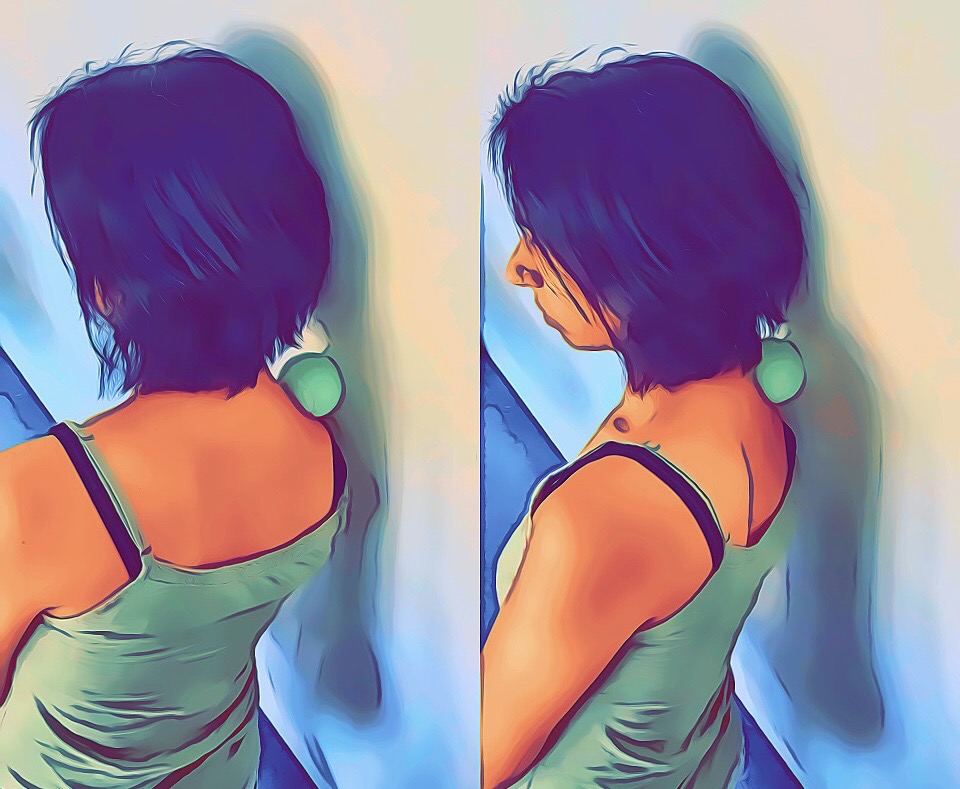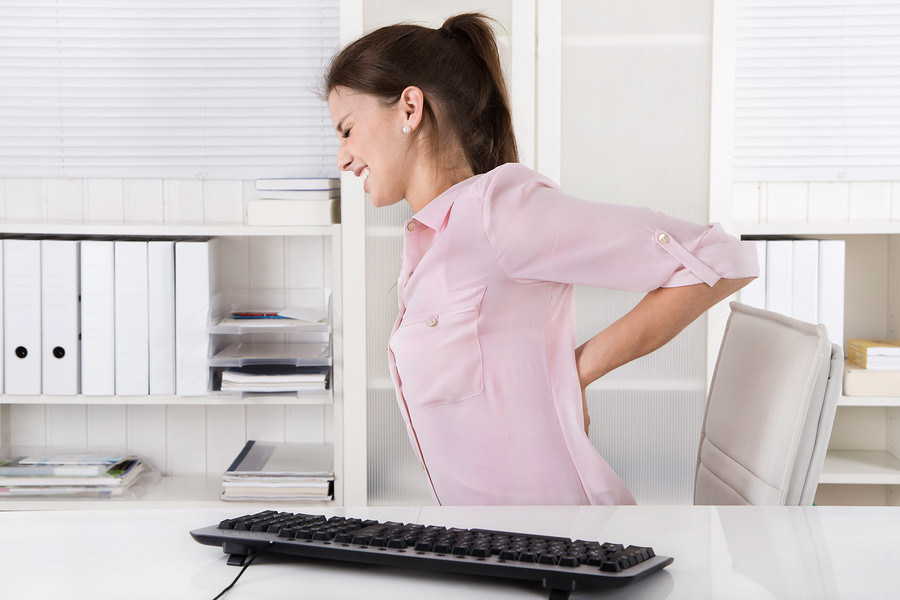 09 May 2020
09 May 2020
BY: Sunny Jaspal
Acupuncture / Blog / Conditions
Comments: No Comments
Managing Painful Back, Neck and Shoulders

Back pain? Stiff neck? Painful shoulders? These problems seem to be affecting many people now, and it is no surprise. As many attempt to work from home due to coronavirus your desk set-up may be less than perfect. A combination of poor posture, incorrect desk set-up and insufficient breaks all lead to pain.
You can read about the correct ergonomics for desk work in a blog I wrote about acupuncture, massage and posture for neck, shoulder and back pain. If you work from a laptop and do not have a laptop riser, why not use a stack of books to raise your screen up to eye level? If you can, invest in an external keyboard and mouse if using a laptop. A height adjustable chair is also important.

There are two acupuncture points which I find vital for neck and back pain, and both can be massaged by using a tennis ball, or other hard ball. GB20 Fengchi and GB21 Jianjing:
GB20 Fengchi is located below the occipital bone, in the depression between the sternocleidomastoid muscle and trapezius muscle.
GB21 Jianjing is located at the highest and most tender point of the shoulder, between the spine and tip of the shoulder.
To use acupressure on these points, lean back against a wall with a tennis ball between you and the wall (see image at top). Push gently, release and repeat. To access GB21 start by standing side on and leaning into a wall and tennis ball. Then roll the ball down the back by turning 45 degrees. You can apply static pressure or roll on the ball, but do not roll on the spine.

Yoga postures I often recommend for back pain are Cat Pose and Cow Pose. If you’re used to yoga, you can flow from one into the other and repeat as many times as you like, articulating through each vertebra as you transition.
I hope these tips will help you to manage any pain you are experiencing. Do you want more advice on this issue? I am currently offering online appointments via Zoom. Contact me to find out more.
 08 Sep 2015
08 Sep 2015
BY: Sunny Jaspal
Acupuncture / Blog / Conditions / Massage
Comments: No Comments
Easing Pain Caused By Poor Desk Posture
One of the most common complaints people seek treatment for is back pain, shoulder pain and neck pain. In fact more sick days are taken due to pain than any other ailment. Why do so many of us suffer with these conditions and what can we do to manage and prevent them?
Many of the people I treat are office workers, often sitting for long hours and working at computers. Poor posture, poor office ergonomics and working without breaks is a recipe for pain. This type of injury is often classed as a repetitive strain injury (or RSI) and may also include the hand, wrist, forearm and elbow. These problems may arise in any situation (not just at a desk) where bad posture is sustained.
Back, shoulder or neck pain can also be caused by depression, anxiety and stress. Sometimes there is no clear cause of pain. However, it still remains a very real problem that needs treatment.
Tips for Easing Pain
- Maintain correct sitting posture when working at your computer.
- Ensure the top of your screen is at eye level so you head is in a neutral position. If you work at a laptop then consider using a laptop riser.
- Elbows should have a 90-degree bend so that the tops of your arms are relaxed by your side, with your keyboard and mouse within easy and comfortable reach. Laptop users consider using an external keyboard.
- Feet should be flat on the floor (use a footrest if they do not reach) and knees and hips should have a 90-degree bend.
- Sit upright in a relaxed posture, using cushions to support your lower back if needed.
- Take regular breaks – use this as an excuse to keep yourself hydrated.
- Manage stress, depression and anxiety with self-care. Talk to your GP if you need help and consider other treatment methods such as acupuncture and counselling.
How can acupuncture help?
Acupuncture is great for easing pain. It is recommended by NICE for chronic pain, one of only four treatments recommended! Acupuncture is a safe and effective treatment, which uses slim, sterile and painless needles to gently encourage the body’s ability to heal itself. Acupuncture treatments include massage, cupping and heat therapy such as moxibustion or heat lamps if appropriate. Each treatment lasts an hour, and a course of 6 treatments is recommended.
Want to find out more?


